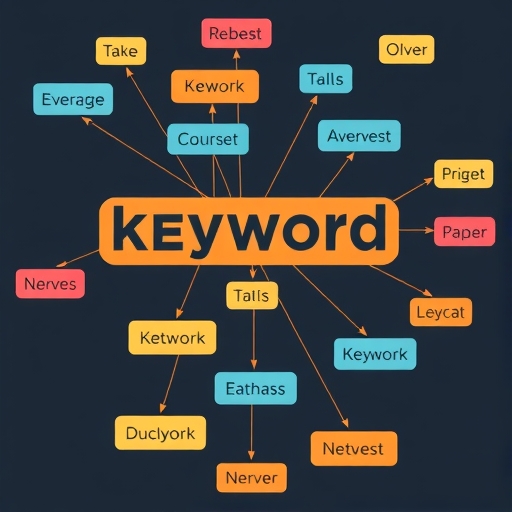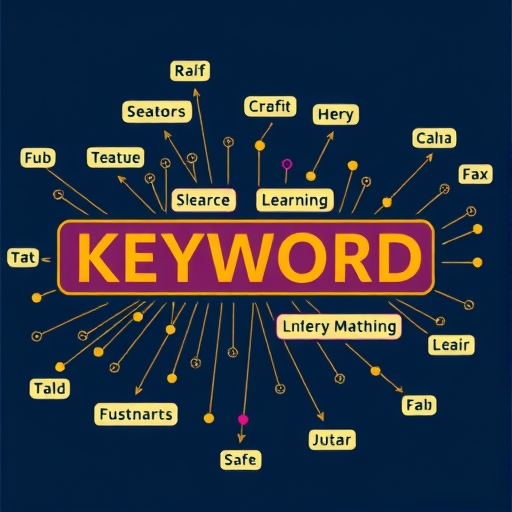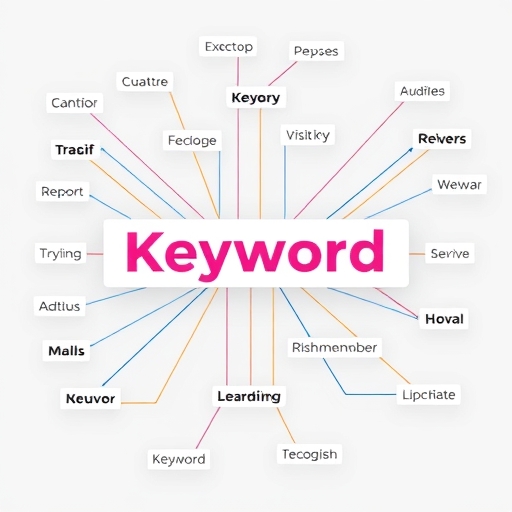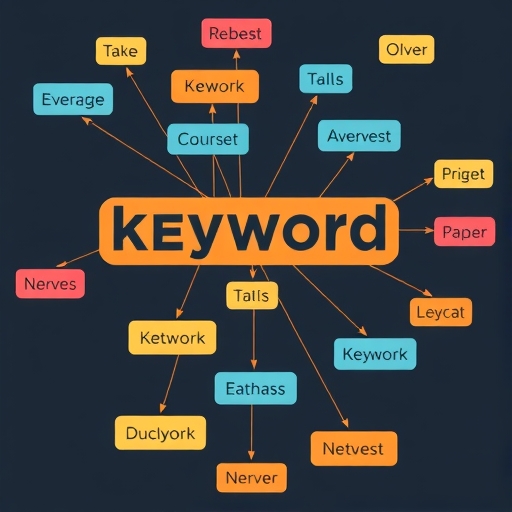Investing in Fluency: Navigating the Modern Language Learning Landscape
In today’s interconnected global economy, proficiency in multiple languages is an invaluable asset, akin to a diversified investment portfolio. As the world shrinks, the ability to communicate across cultures unlocks opportunities, both personal and professional. But with an overwhelming array of tools and techniques available, how do you navigate the modern language learning landscape to ensure a strong return on your educational efforts? From ubiquitous gamified apps to sophisticated Artificial Intelligence (AI) and the enduring value of human instruction, the path to fluency is dynamic. In this article, we’ll explore the evolving world of language education, evaluating popular methods, highlighting transformative technologies, and outlining strategic approaches for you to maximize your linguistic capital.

We will delve into the initial appeal and subsequent limitations of widely adopted digital apps, discover how AI is revolutionizing personalized practice, and discuss the indispensable role of human tutors. Furthermore, we’ll equip you with strategic self-study techniques and explore the crucial debates surrounding modern grammar instruction. Our goal is to provide a clear, objective guide to help you make informed decisions on your journey to becoming a confident, multilingual communicator.
The Evolving Value Proposition of Digital Language Apps
For many of us, our first foray into language learning beyond the classroom was through a digital app. Platforms like Duolingo burst onto the scene, promising “free-ish” language education through gamified lessons and engaging design. They quickly captured millions of users with their accessibility, offering a low barrier to entry and a sense of initial progress. Who hasn’t felt a thrill reaching a new streak or earning virtual currency for completing lessons? This early success created a perception that fluency was just a few taps away, making language learning seem easy and fun.
However, a closer look reveals that while these apps excel at engagement, they often fall short on genuine communication. Critics argue that the “Duolingo user” often masters isolated sentences or vocabulary lists but struggles with spontaneous conversation, cultural nuance, or the flexibility required in real-world interactions. The gamified nature, while motivating, can prioritize user retention over deep learning, leading to a focus on “nonsense sentences” and a lack of authentic communicative practice. Moreover, the shift towards freemium models, ignored user feedback, and the absence of cultural context mean that what appears “cheap and easy” can ultimately cost learners in terms of comprehensive skill development. While a good starting point for initial exposure, we must ask ourselves: are we learning to communicate, or just to play a game?
While digital apps offer an accessible entry point, their limitations often become apparent as learners progress. It’s crucial to recognize that true fluency requires moving beyond the basic engagement these platforms primarily offer. For instance, the focus on isolated phrases can hinder the development of contextual understanding and spontaneous response.
- Many apps prioritize gamification and user retention over deep linguistic immersion.
- They often struggle to provide authentic conversational practice or cultural nuances.
- Progress can feel superficial, with users mastering specific vocabulary without the ability to apply it flexibly.
AI as a Game-Changer: Redefining Language Learning Efficiency
If traditional language apps represent the first wave of digital language learning, then Artificial Intelligence (AI) is undeniably the next, offering capabilities that are truly mind-blowing. Unlike static app exercises, AI chatbots such as ChatGPT and Gemini provide an unprecedented level of personalized, real-time feedback and natural language interaction. Imagine practicing a job interview in English, discussing current events in Portuguese, or writing an email in French, all with an AI companion that corrects your grammar, suggests alternative phrasing, and even explains cultural contexts – instantly.

These AI tools allow you to create specific scenarios and practice conversations tailored to your needs, whether you’re preparing for an IELTS exam, refining your Business English, or simply wanting to role-play ordering food in Italian. The AI can adapt to your skill level, offer explanations, and provide a low-stakes environment to experiment and make mistakes without judgment. This dynamic, responsive practice contrasts sharply with the pre-programmed, often rigid lessons found in many apps. By leveraging AI, we can move beyond rote memorization and engage in the kind of contextual, interactive learning that accelerates fluency and builds genuine communicative competence. This is where the true investment in modern language technology pays off.
The Indispensable Role of Human Tutors and Structured Programs
While AI offers incredible advancements, the human element remains the gold standard for achieving conversational fluency and mastering the nuanced intricacies of a new language. Nothing quite replaces the dynamic interaction, immediate feedback, and cultural insights that a skilled, professional human tutor can provide. Online tutor platforms like Preply have emerged as highly effective resources, connecting learners with experienced instructors from around the globe. These platforms typically offer structured subscriptions, making it easy to find a tutor who matches your language, accent (e.g., Brazilian Portuguese vs. European Portuguese, or British English), and learning style.
Preply, for instance, is praised for its professional tutor selection, robust tech, and commitment model, which can differ from other platforms like Italki. Engaging with a tutor allows for dedicated speaking practice, tailored lesson plans, and the opportunity to receive personalized corrections on pronunciation, grammar, and even body language. Beyond one-on-one tutoring, structured learning events and community challenges also play a vital role. Initiatives like the Roald Dahl Challenge, Phrasal Verb Challenge, or the AI Language Club foster motivation, provide a supportive community, and encourage consistent practice across all four core skills: listening, reading, writing, and speaking. These human-led or community-driven programs ensure a comprehensive approach that complements digital tools, accelerating your journey towards confident communication.
Understanding the strengths and weaknesses of each learning method can help you craft a more effective personal strategy. Combining these approaches often yields the best results for comprehensive language development.
| Method | Primary Benefit | Key Limitation | Best For |
|---|---|---|---|
| Digital Apps | Accessibility, vocabulary, basic phrases | Limited conversational practice, lack of nuance | Beginners, initial exposure, daily reinforcement |
| AI Tools | Personalized practice, real-time feedback, scenario role-play | Lacks human empathy, cultural depth, natural conversational flow | Intermediate learners, specific skill practice, confidence building |
| Human Tutors | Dynamic interaction, cultural insights, tailored plans, motivation | Cost, scheduling, finding the right match | All levels, achieving fluency, advanced nuance, accountability |
Strategic Self-Study: Diversifying Your Language Learning Portfolio
Achieving fluency isn’t just about apps or tutors; it’s also about empowering yourself through strategic self-study. Consistent daily practice, even for short periods, is paramount. Think of it as regularly topping up your linguistic investment. A language learning notebook, for example, can become an invaluable companion for jotting down new vocabulary, grammar rules, and personal reflections, transforming passive consumption into active learning.

To truly diversify your “language learning portfolio,” we recommend focusing on all four core skills. For listening, podcasts are a treasure trove. Whether you’re learning Portuguese (e.g., PortuguesePod101, CoffeeBreak Portuguese, Fala, Gringo!), English (e.g., English Learning for Curious Minds, The Fluent Show), or Italian, there are options for every skill level and accent. Practice active listening techniques, where you not only hear but actively process and understand the content. For reading, start with simplified texts and gradually move to authentic materials like news articles (e.g., Folha de São Paulo for Brazilian Portuguese) or even TED Talks with subtitles. Writing practice can range from journaling to participating in online forums, which significantly boosts vocabulary and confidence. Finally, for speaking, besides tutors, try techniques like the 4-3-2 Exercise or simply talking to yourself in the target language. Always strive to learn vocabulary in context, as this is far more effective than rote memorization, and pay attention to pronunciation elements like pace, tone, and stress. Resources like LingQ, BBC learning materials, and specialized challenges can further enhance these self-study efforts, providing a rich, varied learning experience.
To further enhance your self-study, consider integrating a variety of techniques across different skills to keep your learning dynamic and engaging. Consistency is more important than intensity when building a long-term language habit.
| Skill | Effective Techniques | Recommended Resources |
|---|---|---|
| Listening | Podcasts, music, movies/TV with subtitles, active listening exercises | TuneIn Radio, Spotify, Netflix, YouTube channels dedicated to language learning |
| Reading | Graded readers, news articles, blogs, short stories, dual-language books | LingQ, Readlang, local news sites, online libraries |
| Writing | Journaling, essay writing, online forum participation, email exchanges | Lang-8, HelloTalk, journaling apps, Google Docs for corrections |
| Speaking | Shadowing, self-talk, language exchange partners, role-playing with AI | Italki (for exchange partners), AI chatbots, speech recognition apps |
Modern Pedagogy and the Future of Grammar Instruction
The role of grammar in language learning has been a subject of ongoing debate, particularly in English education. Historically, grammar instruction swung from prescriptive approaches (rules to follow) to descriptive approaches (how language is actually used). In the mid-20th century, linguists like Noam Chomsky introduced the naturalist theory, suggesting that children possess an innate language acquisition device, implying that language is acquired naturally through exposure rather than explicit instruction. This theory profoundly influenced modern English education, leading to a decline in explicit grammar teaching, with the assumption that learners would simply “pick it up.”

However, for older learners, whose natural acquisition abilities have degraded, this “exposure-only” model often proves insufficient. Many educators now argue for a return to early and explicit technical grammar learning, acknowledging that adults benefit significantly from structured instruction to build foundational linguistic competence. Understanding common confusing rules, mastering verb tenses, and recognizing sentence structures are crucial for both comprehension and accurate production. While exposure is vital, especially for contextual learning, we believe that a balanced approach, integrating both natural immersion and targeted, explicit grammar teaching, offers the most robust path to fluency. This ensures that you not only understand the “what” of language but also the “how” and “why,” empowering you to communicate with precision and confidence.
Considering the ongoing debate, a hybrid approach that leverages the benefits of both explicit instruction and natural immersion is often recommended for adult learners. This ensures both accuracy and fluency are developed in parallel.
| Approach | Description | Pros | Cons |
|---|---|---|---|
| Explicit Grammar Instruction | Direct teaching of rules, structures, and exceptions. | Builds strong foundation, clarifies confusing concepts, boosts confidence in accuracy. | Can be dry, may not translate directly to spontaneous speech, less natural. |
| Natural Immersion/Acquisition | Learning through exposure to authentic language in context. | More natural, develops intuition, integrates cultural context. | Slower for adults, can lead to fossilized errors, less systematic. |
Conclusion
The journey to language fluency is undeniably an investment, demanding strategic choices in tools and methods to yield the greatest returns. We’ve seen how the initial enthusiasm for gamified apps has matured, giving way to powerful AI-driven platforms that offer unprecedented personalized practice. These technological advancements, combined with the irreplaceable value of human-led instruction from professional tutors, provide a diversified and effective learning ecosystem. Furthermore, a commitment to strategic self-study, encompassing all four core skills—listening, reading, writing, and speaking—and a balanced understanding of grammar’s role, forms the bedrock of sustainable progress.
By embracing a comprehensive approach that thoughtfully combines the best of technology with the irreplaceable value of human guidance and disciplined practice, you can build a robust linguistic skill set. This strategic investment in your language capabilities will undoubtedly lead to a high return on your personal and professional development, opening doors to new cultures, career opportunities, and a deeper understanding of our global community. Remember, consistent effort and a well-chosen toolkit are your greatest allies on this rewarding path.
Disclaimer: This article provides general educational information on language learning methodologies and tools. It is not intended as professional educational advice, and individual results may vary. Always consider your personal learning style and goals when choosing resources and strategies.
Frequently Asked Questions (FAQ)
Q: How can I balance using digital apps, AI tools, and human tutors effectively?
A: The most effective approach often involves a blend. Start with apps for foundational vocabulary and basic exposure. Integrate AI tools for personalized practice, scenario role-playing, and real-time feedback on specific skills. Reserve human tutors for dynamic conversation practice, cultural insights, and tailored instruction that addresses your unique challenges and goals.
Q: Is explicit grammar instruction truly necessary for adult language learners?
A: While natural immersion is vital, many educators and learners agree that explicit grammar instruction is highly beneficial for adults. Unlike children, adults’ natural language acquisition abilities are often less efficient. Structured grammar lessons provide a clear framework, help understand complex rules, and build confidence in producing accurate and precise language, complementing contextual learning.
Q: What are some practical self-study techniques I can implement daily?
A: Daily self-study is crucial. Try active listening to podcasts or music in your target language, even for 15-20 minutes. Read short articles or simplified texts, focusing on understanding context. Practice writing by keeping a journal or engaging in online forums. For speaking, try shadowing native speakers, talking to yourself, or finding a language exchange partner. Always aim to learn new vocabulary in meaningful contexts rather than isolated lists.



No responses yet